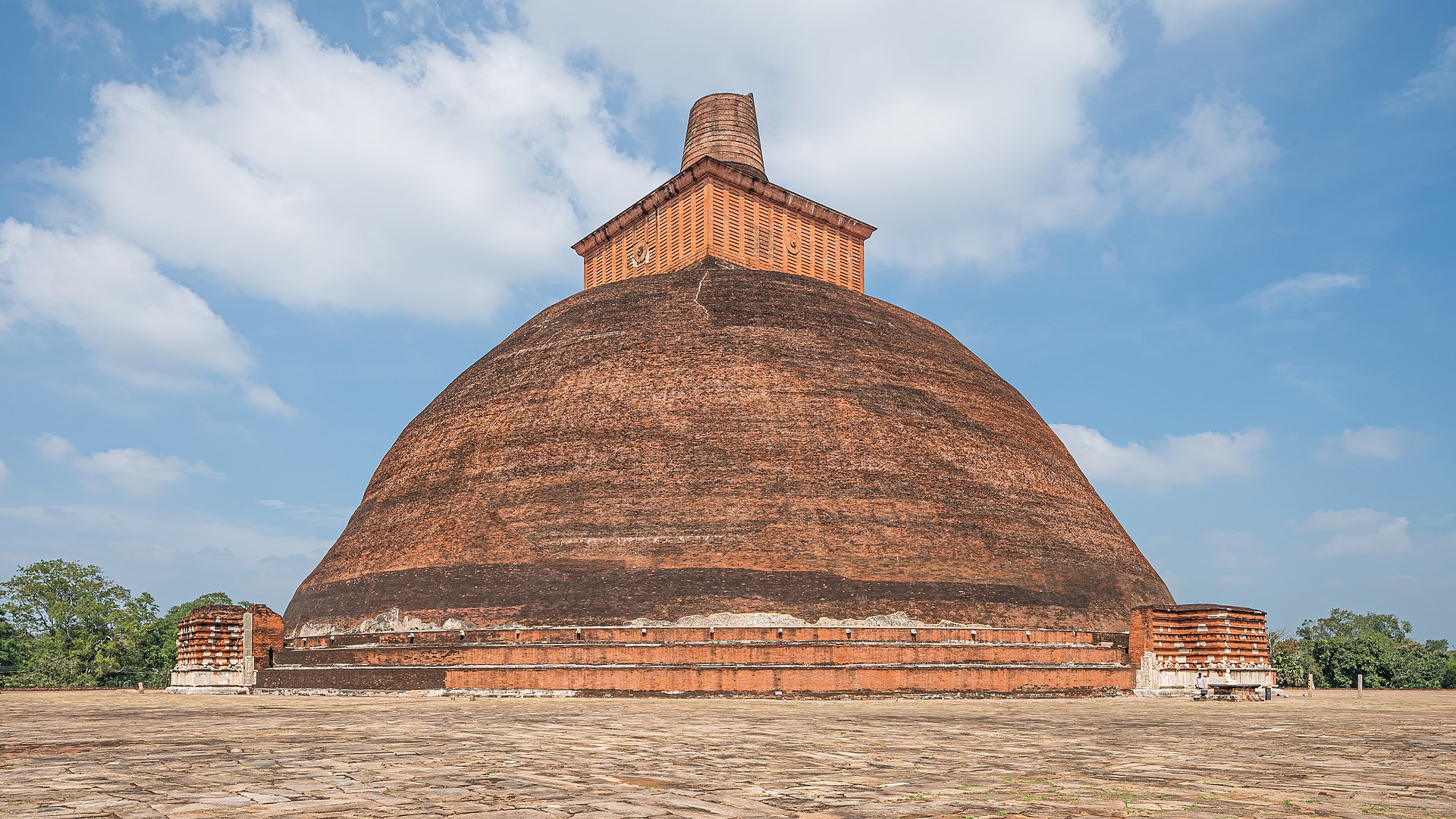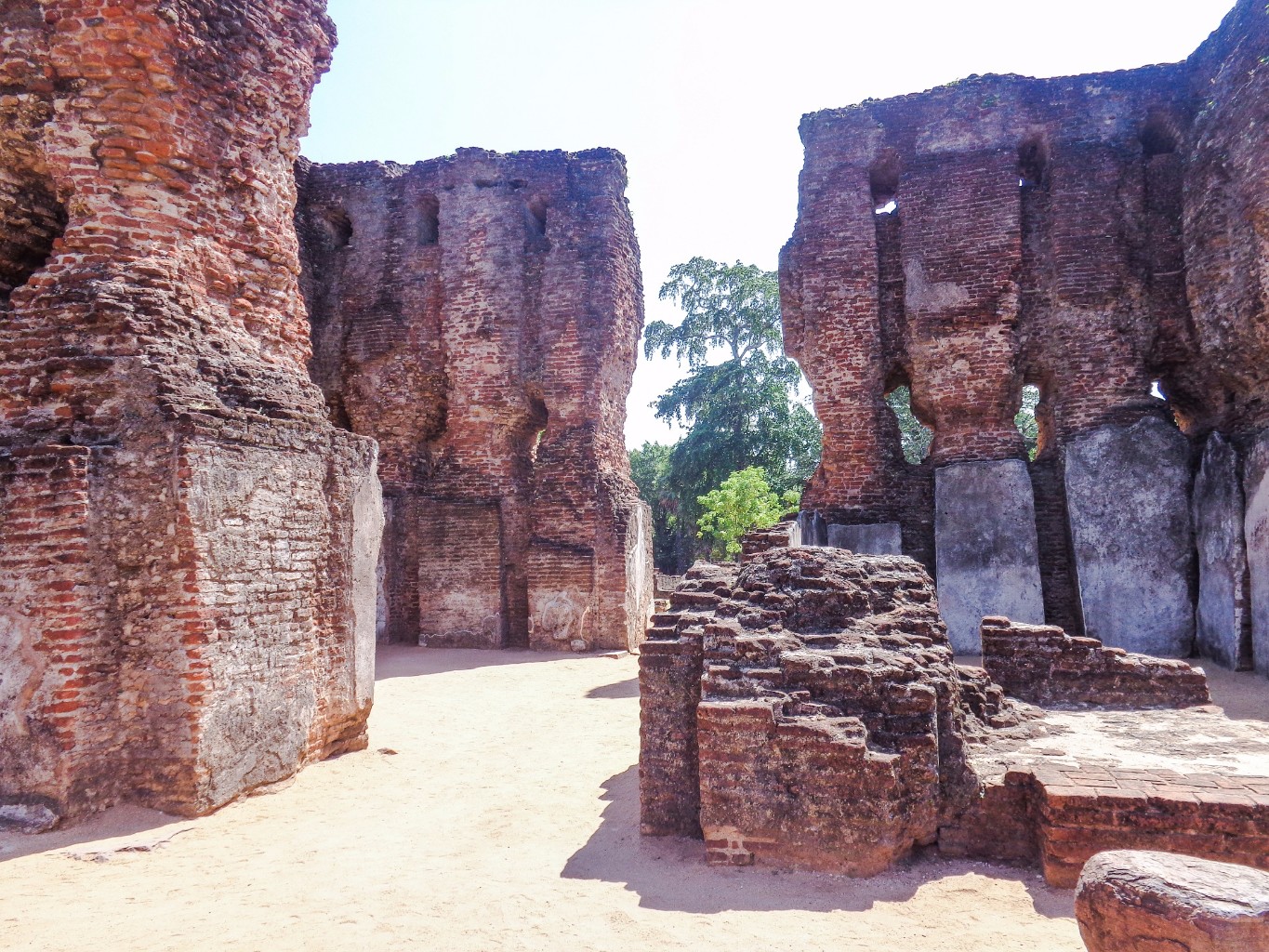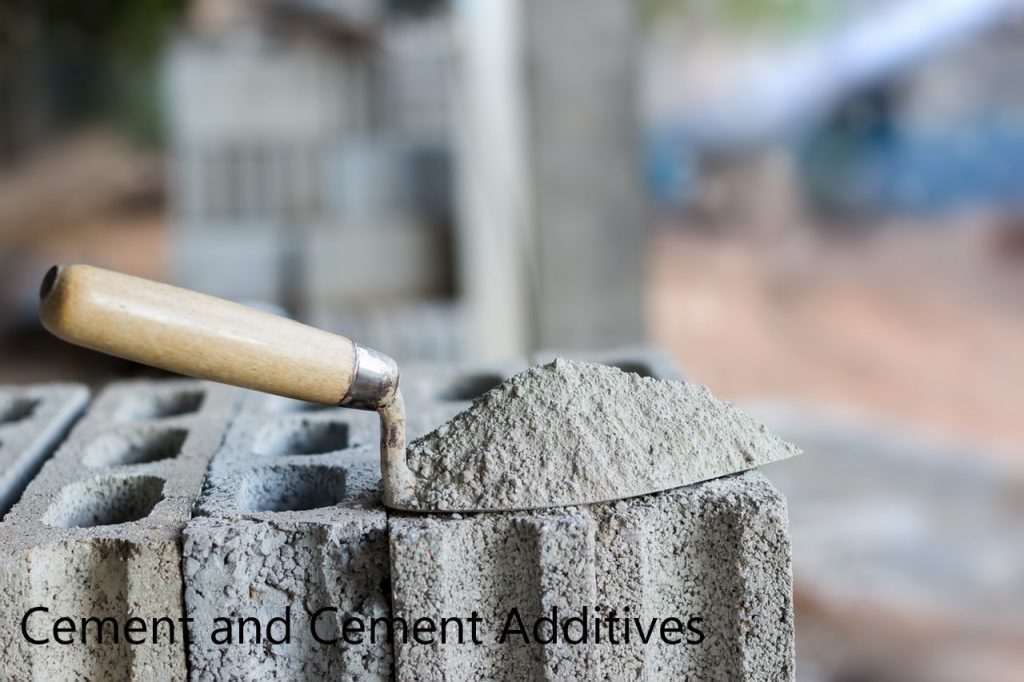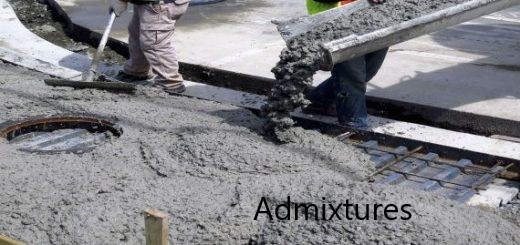A brick is a kind of block, and the use of bricks extends to construct masonry structures such as walls, pavements, and other features. The term “brick” technically refers to a block made of dried clay, but it is now frequently used colloquially to refer to various construction blocks that have undergone chemical curing. Bricks can be attached by mortar, adhesives, or by interlocking. Bricks are made in large quantities and come in a wide range of classes, types, materials, and sizes that change depending on the place and the period.
There are different uses of brick. Some of the important uses of brick are
- Use as a structural material – Load Bearing Walls
- Use as nonstructural material – Nonload bearing walls / Partition walls
- Used to improve the aesthetic appearance
- Use as fire-resistance material
- Act as a good sound barrier
- Good thermal barrier
In addition to the above, the flowing special uses of brick or the added advantages can be highlighted.
Aesthetic Appearance
Bick is an aesthetically pleasing material. It has more attraction when compared to other materials such as cement blocks.
Due to this experience, most people tend to use brick even though it is not cheaper than cement blocks. Further, the finish that is expected from the brick wall cannot be achieved from other types of walls.
Durability
Properly made brick is durable and we can evident it in the old structure around us. Structures, like a stupa, have stood many years that the design life we expected them to have.
This is due to the quality of the brick. Further, if we make the brick properly and protect them as required even after the construction, we can have the expected durability.

Sustainability
Today, one of the main concerns is the sustainability of the construction. Brick is a very good example of a sustainable material when compared to concrete.
Adding concrete to the environment make more harmful than brick. Brick can easily be reused and connect with the environment.
Use of Bricks in Construction
Brick is being used in numerous applications in construction. It is a very useful construction material in the world. In the early days, even before the invention of concrete, brick had been used as the major construction material in addition to stone.
The major structure has been built with stone and brick. Mostly, brick had been used as the load-bearing element in old structures. Even today, we used brick in widely different types of construction.
Buildings
Brick is the most used construction material next to concrete in building construction. Depending on the nature of the construction, mainly there are two categories.
- Load Bearing Brick Walls
Brick is one of the oldest construction materials used to build major old structures in the world. Construction of Stupas, buildings, bridges, etc. was done with bricks. More importantly, all these constructions are load-bearing structures that transfer the weight of the structure to the foundation through the brick structure.
In the buildings, we have slabs, beams, columns, and foundations. When we construct the building with load-bearing brick walls, we can omit the concrete columns. However, in a load-bearing structure, we could have a brick column where there are concentrated loads are applied.
Usually, the width of the brick wall is thicker than the conventional brick wall in load-bearing structures.
- Nonload Bearing Walls
Brick walls are constructed as non-load-bearing walls. They are usually called partition walls. They do not transfer the load of the structure. only acts as Separators for areas.
During the construction of non-load bearing walls, we keep the gap between brick walls and slab/beam allowing it to deflect freely.

Floors
Brick flooring is described as a surface made of several individual bricks set out like tiles, either with or without mortar or grouting.
The flooring is made of clay and is constructed from red brick. Red brick is the most widely used and dominant building material because it is affordable, hardy, long-lasting, and simple to handle and utilize. Brick pavers, which are thinner than the standard bricks used in walls and other structural parts, are the source of brick flooring. Brick flooring is frequently utilized in warehouses, homes, gardens, roadways, and other locations where high-quality bricks are accessible.
Paving
Bricks made specifically to be laid flat on the ground are known as paving bricks. They are distinct from the kind designed to be used vertically for walls, chimneys, and other building projects. When placed in the ground, they are made to last. They can survive extremes of heat and cold, rain and snow, and foot activity.
However, there may also be an aesthetic distinction. For instance, bricks used in patios and pathways are not subject to the same level of visual inspection as those used in chimneys. For this reason, when choosing paving bricks, color and other visual considerations are important. Additionally, they are typically bigger.
Walls
Most of the walls other than those discussed under the buildings are also constructed from brick. In addition to clay bricks, cement blocks are also mostly used for these kinds of constructions.
Boundary walls, separation walls, featured walls, etc. are constructed with brick. This explains the wide use of bricks in construction.
Arches
Though modern construction has got rid of the construction of structures such as arches from the brick, old days, brick, and stone were the main material used for the construction of special structures. Due to the development of technology and the invention of concrete, the use of brick for structures of this nature has been reduced significantly.
In addition, the quality of modern-day construction materials is also in a drought when compared to the material used in ancient days. As we evidence, there are many structures made of brick that have not detreated significantly yet.
Underground Structures
Construction of structures such as tunnels can be constructed with brick. Same to the arch structures, the load transfer mechanism of the tunnels can be applied to the design.
Thick walls have been constructed for those tunnels. In the old structures, mostly the railway tunnels can be observed with brick supports. The arching action is considered for the design and then there are design procedures to be followed when the aching action is taken into the account.
Advantage of Bricks
Some of the important advantages of bricks that promotes the use of bricks are as follows.
- Brick is a cost-effective material
- Have fairly high compressive strength
- Durable
- Low Maintenace cost
- Can be reused
- High fire resistance
- Can be used as a sound barrier
- Readily available


